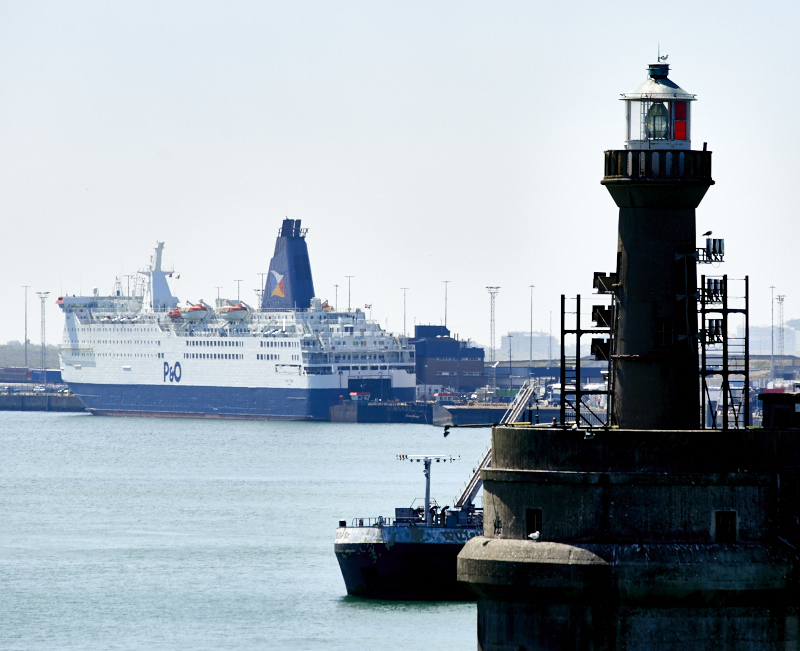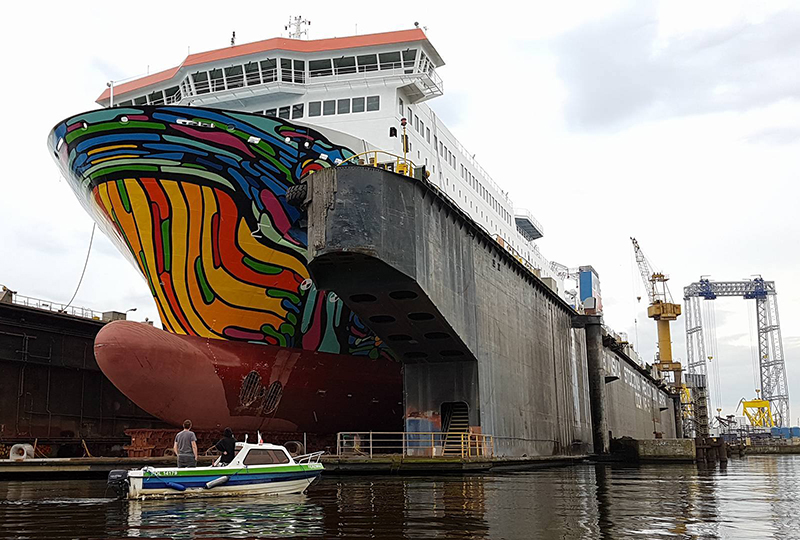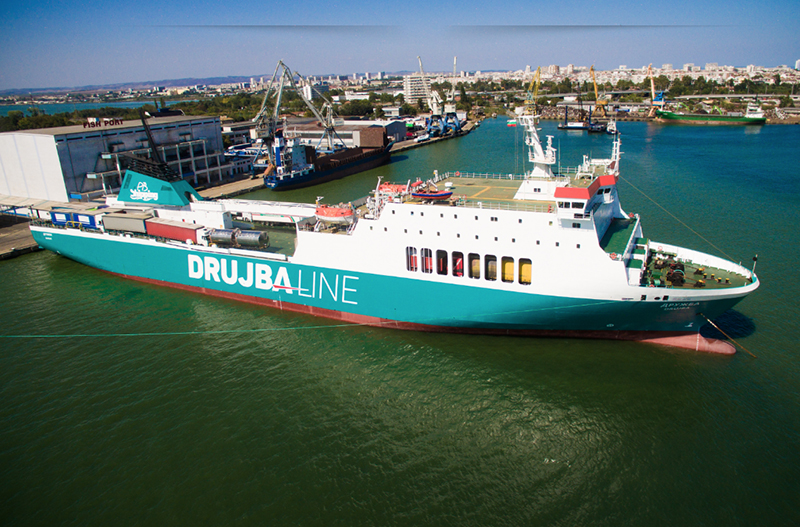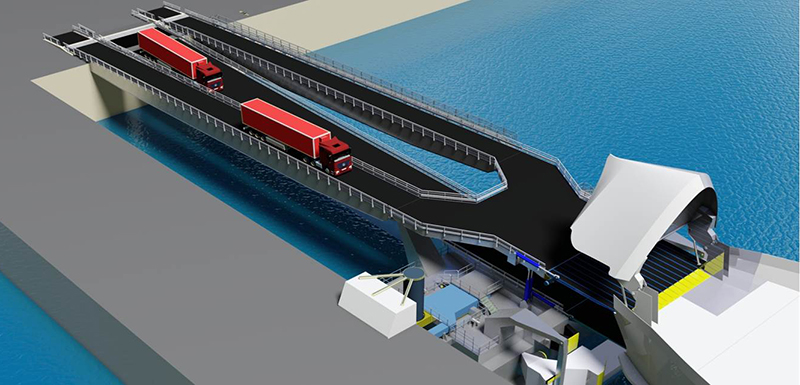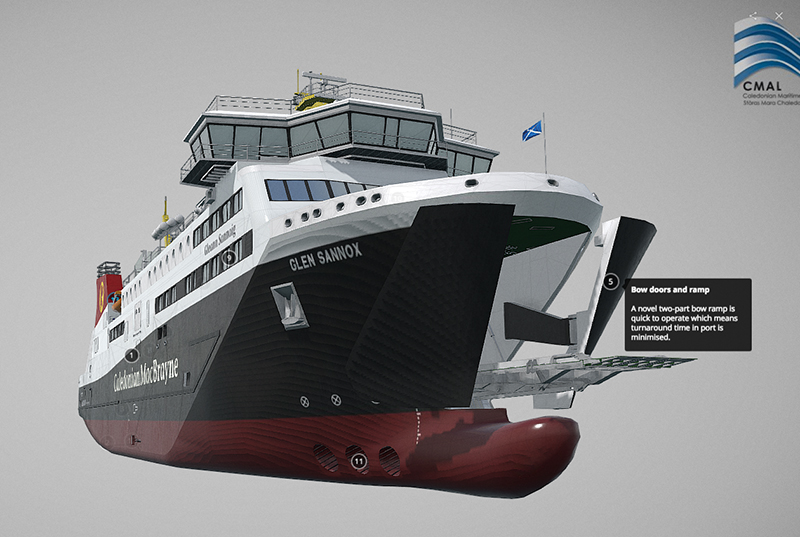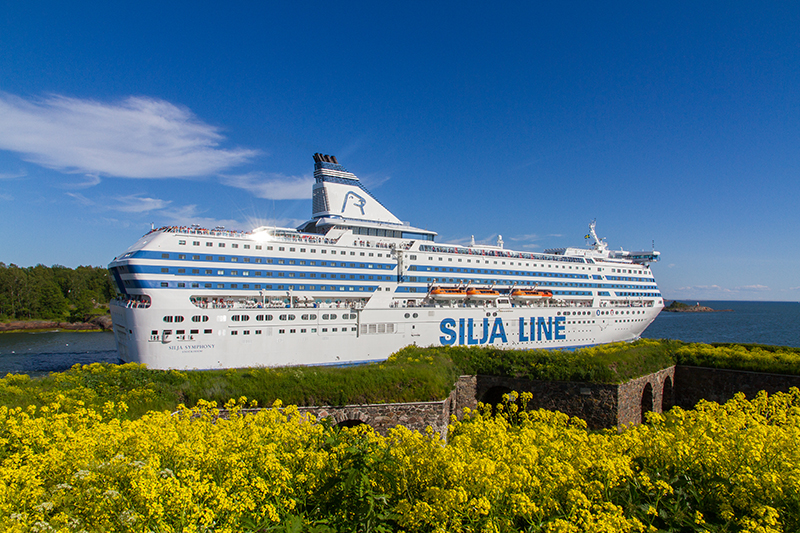The world’s first fully electric passenger and car ferry that can operate at record breaking distances of up to 22 nautical miles is in its final stage of construction.
The E-ferry hull arrived in Søby, Denmark on October 1. Since then, everyone has been working around the clock to install all the component, cables and systems that are necessary for the E-ferry to run on pure battery power.
Alongside the work being done on the E-ferry itself, work has also been done on the onshore facilities in Søby, where the E-ferry will be charged.



